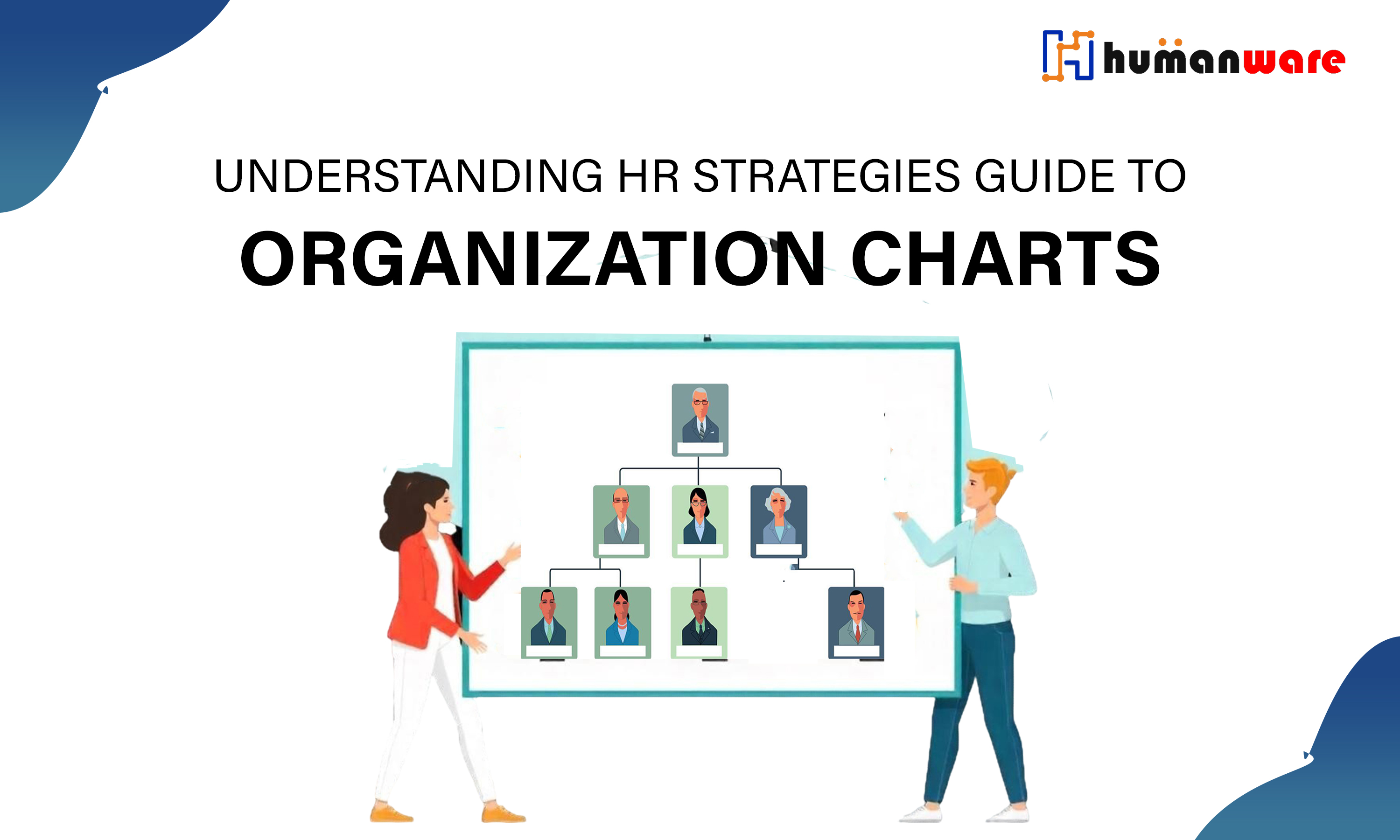
Understanding HR Strategies Guide to Organization Charts
As businesses range in size and structure across hundreds of different industries it is important to understand structure that enables each individual to cope with the needs of the organization. for that first we need to understand organization structure. It outlines the hierarchy, roles, and relationships within an organization, making it an essential tool for businesses of all sizes. Whether you are managing a startup or a multinational corporation, understanding and implementing an effective org chart can streamline communication, improve efficiency, and enhance overall productivity.
What is an Organization Chart?
An organizational chart is a diagram that visually shows the internal structure of a company. Highlights key positions, reporting relationships and functional divisions within the organization. Flowcharts are widely used in business management, human resources and business planning.
Importance of an Organization Chart
An org chart provides a clear understanding of the chain of command, ensuring that employees know whom to report to and how information flows within the organization. By outlining roles and responsibilities, an org chart helps in delegating tasks efficiently, preventing duplication of efforts and improving overall workflow. Managers can use org charts to understand team strengths, make informed staffing decisions, and identify gaps in leadership or workforce planning. A well-structured org chart enables businesses to plan for expansion, ensuring that new hires fit seamlessly into the existing framework. New employees can refer to the org chart to understand company structure, making the onboarding process smoother and more efficient.
How to Create an Effective Organization Chart
Creating an org chart involves several steps. Below is a step-by-step guide to help you build one that suits your business needs.
- Define Your Purpose: Before creating an org chart, determine its primary goal. Are you using it for internal communication, workforce planning, or strategic decision-making.
- Gather Information: Collect details about the company's structure, including employee names, job titles, departments, and reporting relationships.
- Choose a Format: Select the type of org chart that best represents your company’s structure (hierarchical, matrix, flat, etc.).
- Organize the Data: Start by placing the top-level executives at the highest point, then add managers, department heads, and individual contributors accordingly.
- Ensure Clarity and Readability: Keep the chart simple and easy to understand. Use colors, shapes, and lines to distinguish different roles and departments.
Best Practices for Organization Charts
Keep it Simple Avoid overloading the chart with excessive information. Keep it clear, concise, and easy to follow. Ensure that fonts, colors, and shapes are consistent throughout the chart to maintain a professional appearance. Use different colors or icons to emphasize leadership roles, key departments, or project teams. For larger organizations, adding employee contact details can help facilitate communication. Ensure that employees can easily access the org chart, whether through a company intranet, HR software, or printed formats. Use photos, department logos, and icons to make the chart visually appealing and engaging. Businesses change over time, so design the org chart in a way that allows for easy modifications.
Conclusion
An organizational chart is a powerful tool for creating and managing your company's structure. Whether you run a small startup or a large company, having a clear, well-organized organizational chart can improve communication, improve efficiency, and support business growth. By following best practices and choosing the right format, you can create an organizational chart that effectively represents your company's structure and helps your team work more efficiently. Regular updates and clear presentations ensure your organizational chart remains a valuable resource for your organization. Do you need help creating a custom organizational chart for your company? Let us know how we can help!